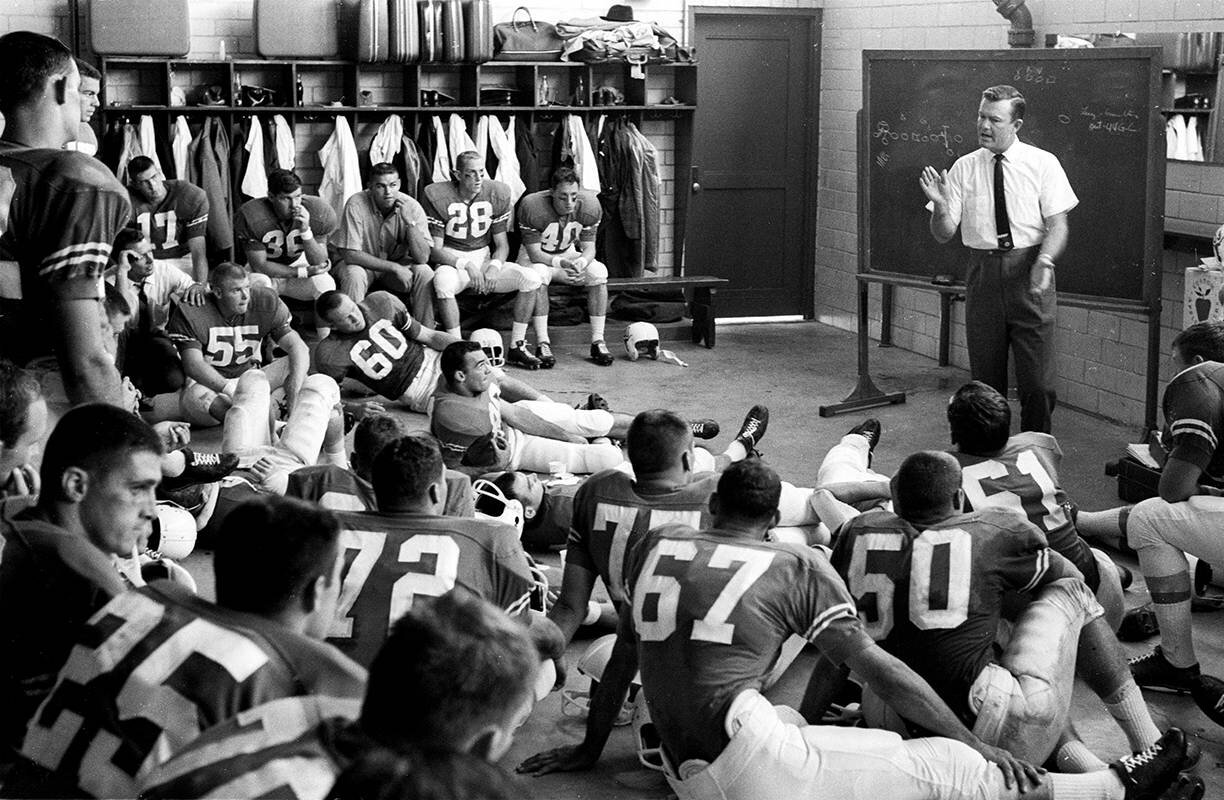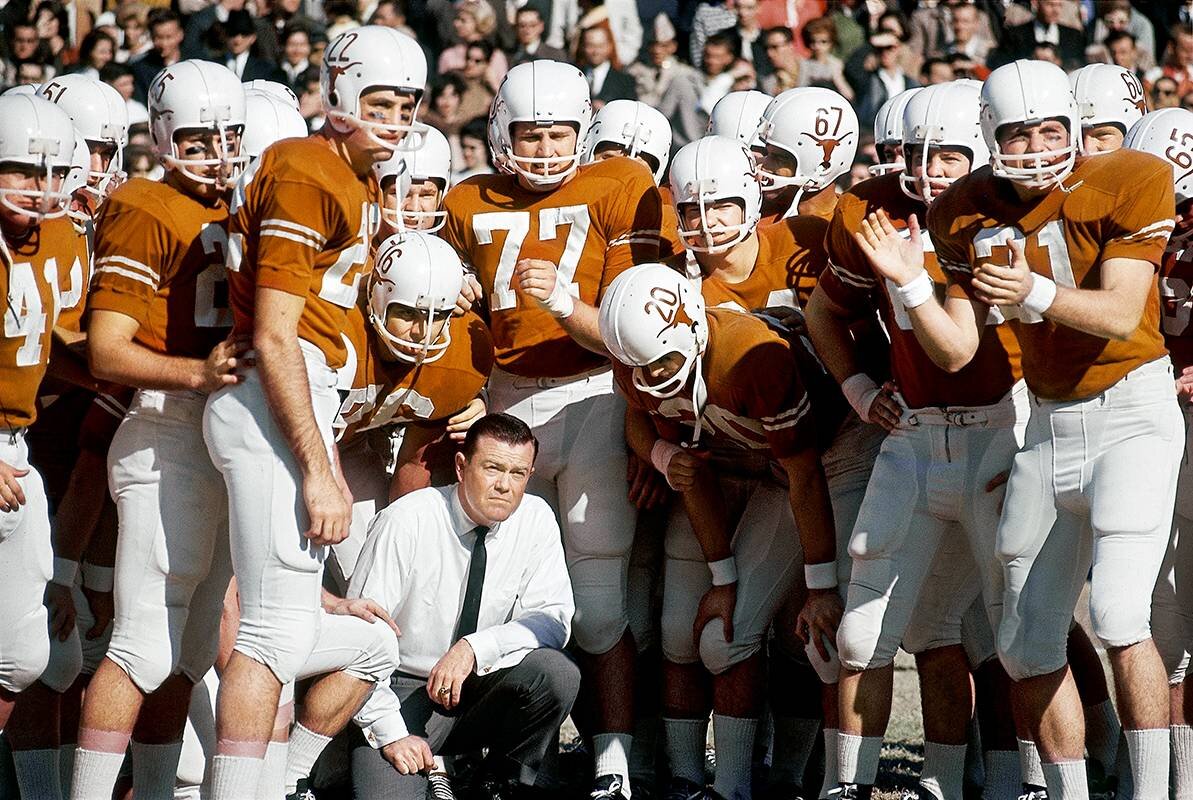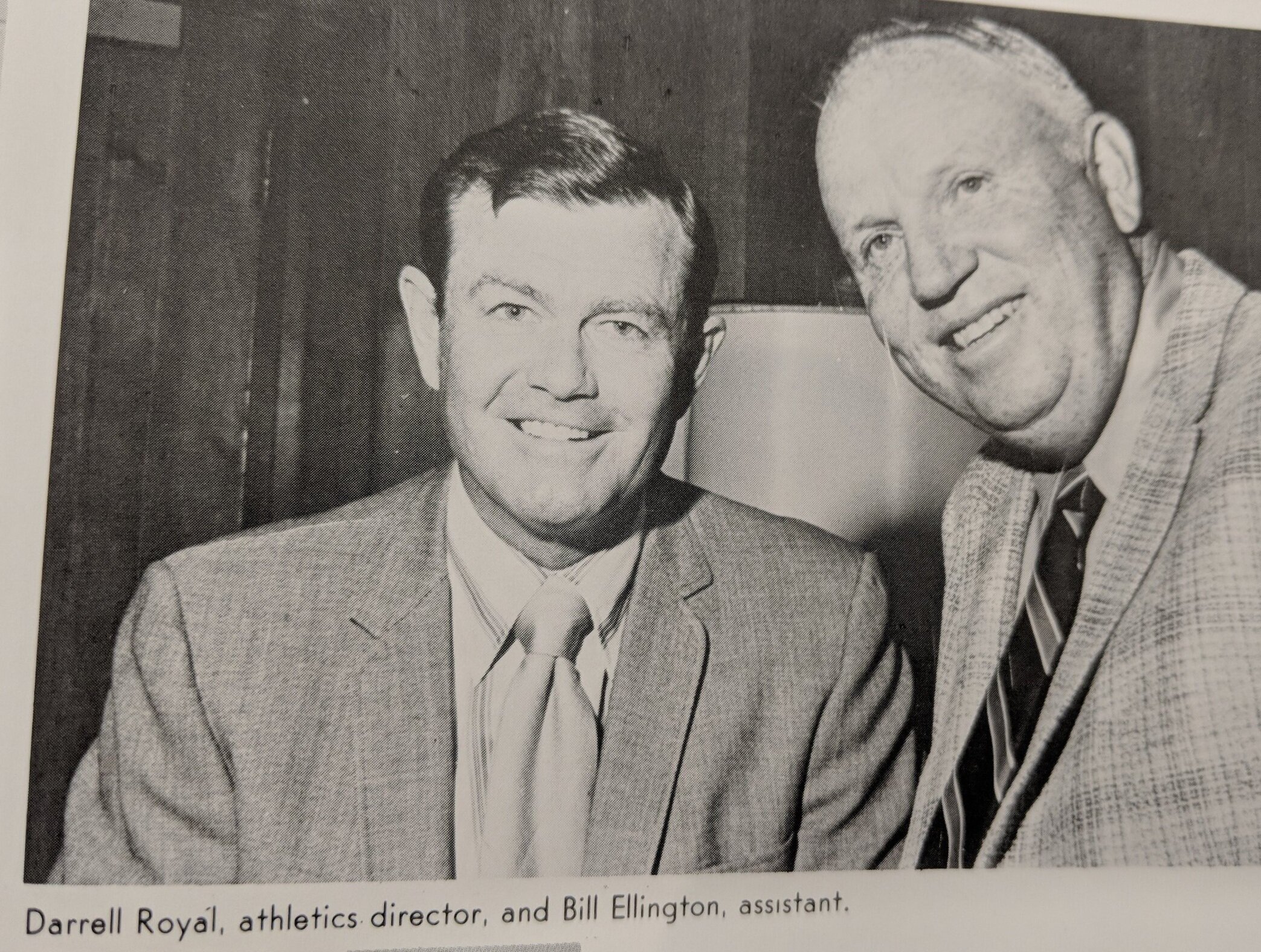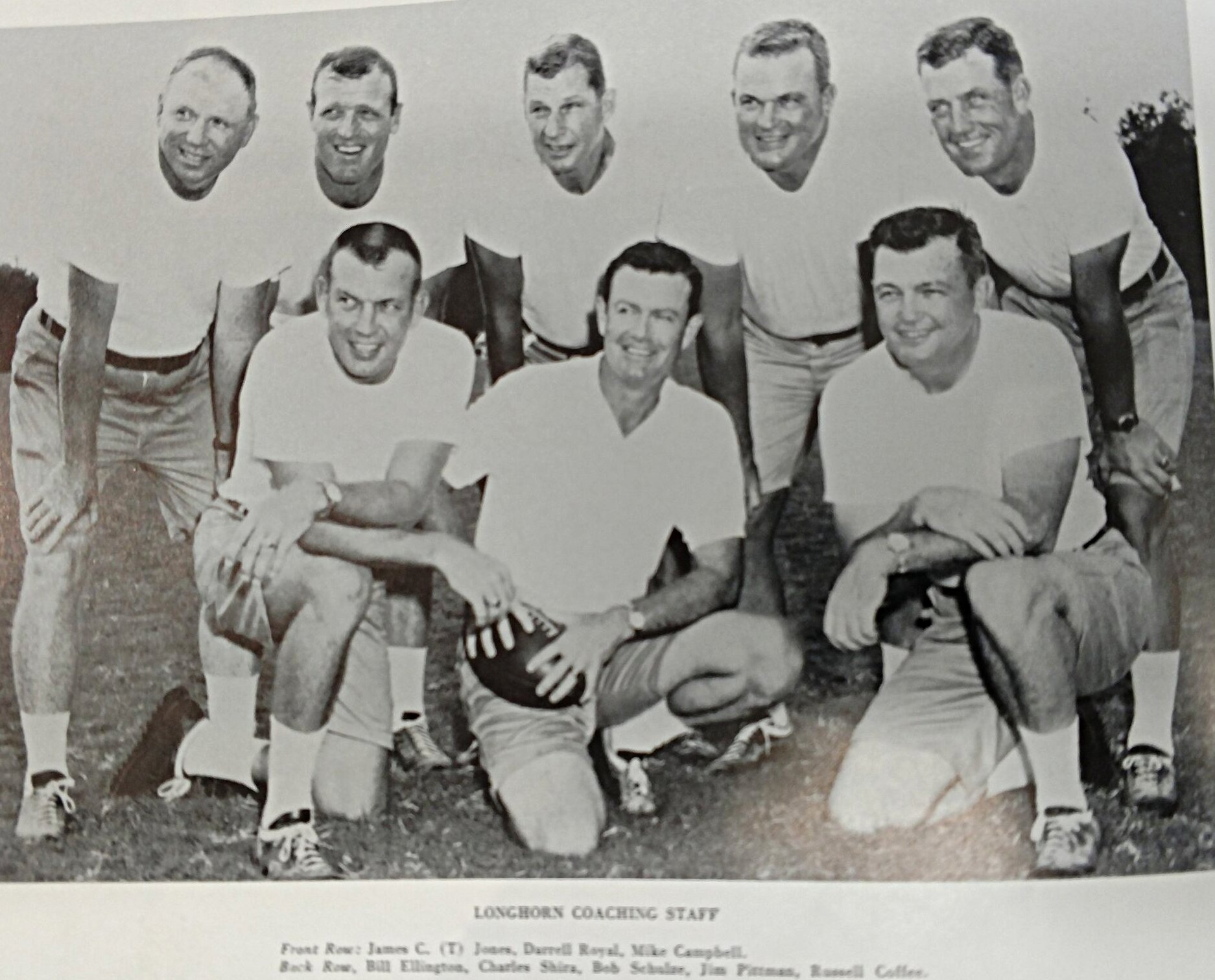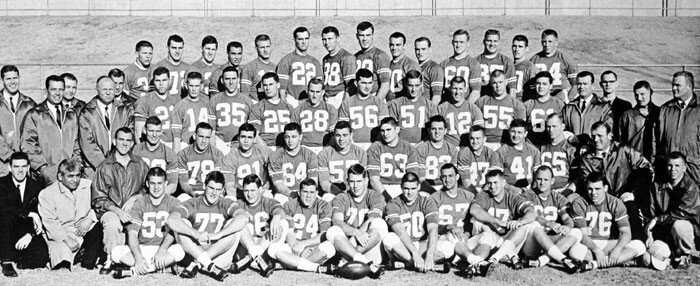The art of stealing signals
Below is an article about stealing signs in the 1960s inspired by an article written by Fort Worth star-telegram sports columnist Jim Trickle for Dave Campbell’s magazine. The 1963 story of Texas deciphering Navy’s defensive signals was not officially made public until 1973. Longhorn Coach Bill Ellington shared the story of how the Horns broke the Navy defensive code that led to a convincing win.
Duke Carlisle said that stealing the signals did not win the game. Navy lost because the Texas defense stuffed the offense led by Roger Staubach. “It was Navy’s lack of offensive scoring that cost them the game.”
Wayne Hardin, the Navy coach in the 1964 Cotton Bowl game had the Navy football program at delirious Heights .……. He expected to beat Texas. Coach Hardin of Navy says to Coach Royal at the coin flip, "Texas is champion, and we're the challenger when the challenger whips the champion doesn't that make him number one ?" Coach Royal responded, “We’re ready,” to the taunting Navy coach. No One on the Navy bench knew that when DKR said, “We’re ready,” he was holding a code breaker, “A DKR Royal Flush.”
The full story is in the book Dave Campbell’s Favorite Texas College Football Stories.
Dave Campbell
Dave Campbell says, “I was on the annual Southwest conference press tour before the 1973 football season when I first heard the story of how Texas was able to cash in on the Navy signals in the Cotton Bowl game that unfolded on the first day of 1964.
At a dinner arranged by visiting journalists following you UT’s press day that August, the conversation at one table turned to football signals and how they work and how, now and then, they were stolen. Bill Ellington, at the time a key member of Darrell Royal's staff, told me he knew a game that had taken place some years earlier where stolen signals help turn a big showdown into a near rout. And then he confided the details.
A few months later, when several Southwest Conference teams begin Fretting about the possibility of somebody in the camp of the opposition being able to steal their signals, I asked longtime Fort Worth star-telegram sports columnist Jim trickle to research Ellington's tale and write a story on his findings for one of our fall issues. The result was the following report which became a Texas football exclusive. Dave Campbell
The contortions required in developing play Codes are Hilarious.
The man stands on the sidelines during the football game. Constant movement around the player’s bench obscures him, and he is unnoticed by the crowd. He is busy too. The poor fellow appears to be seized by convulsions. He clutches himself. He thrashes his hands. He rubs his left elbow or slaps his right knee. Obviously, he needs a tranquilizer to quiet his nerves.
Not really, he is flashing signals to the field to play, and it is one of the oldest tricks in the game. Perhaps unbeknownst to him, he is the center of attention To a couple of sets of binoculars zeroed in on him from the press box. Someone is trying to steal his signals.
The art of stealing signs
In sports, the sign heist is pure WWII Midway espionage code-breaking. “A lot more of that goes on than anybody realizes,” says Texas coach Bill Ellington.
Texas traditionally ended its 1960 season Against the Texas Aggies. Charlie Shira called defensive signals for the Longhorns, who used a 6-2 defense rushing the inside linebackers on each first down. The Aggies laughed to see such fun.
Longhorn Assistant Coach Coffee recalled we rushed those linebackers all afternoon, and their quarterback kept rising and popping his ends with quick passes. We didn't know if they were stealing our signs or just recognizing our tendencies. Later we decided they had to be stealing.
Texas Longhorn assistant coach coffee says, "let's say it's first and ten; if some guy scratches his head and tugs his belt, we write it down. If he puts his hands on his hips on second and three, we will note that. After we get home with the film, we check to see what they did when the guy was making the signs. If a pattern develops, he's given the same signal in the same situation; you have some reliable information.”
Oklahoma was a soft touch in 1964 and 1965 when Gomer Jones was the head coach. "We had their signals both years Gomer was there," Coffee recalls. Bill Ellington had 'em down Cold. O.U.'s codes were simple to decipher.
the Hungarian lock
A prominent coaching figure unnamed here disliked Navy Coach Hardin. He told Texas what every signal from the Navy meant. The Horns had every defensive sign the Midi's owned. Royal admitted we had "a Hungarian lock on them."
The Longhorns had three weeks to rehearse the information passed to them by the coach who had broken the Navy's code. During practice, Royal stationed one of his men with binoculars in the Memorial Stadium press box and another impersonating Ernie George on the opposite sideline. By New Year's Day 1964, the Longhorns had their lines down letter-perfect.
Only minutes into the game, the Texas coaches knew that their information was right. “We got 'em” Royals defensive coordinator said. "We were just giggling," Coach Coffee said. "We knew what we had was good, and Navy sailed into the trap using a box defense, two safeties, and two cornerbacks. The right cornerback jammed the line, ready to rush Texas Wing T. The cornerback also had the responsibility of covering Texas wingback Phil Harris if a pass developed. Harris twice flew past him so fast the kid caught a chill. Both passes went for long touchdowns, and by halftime, Texas was winning a laughter 28 to 0.



